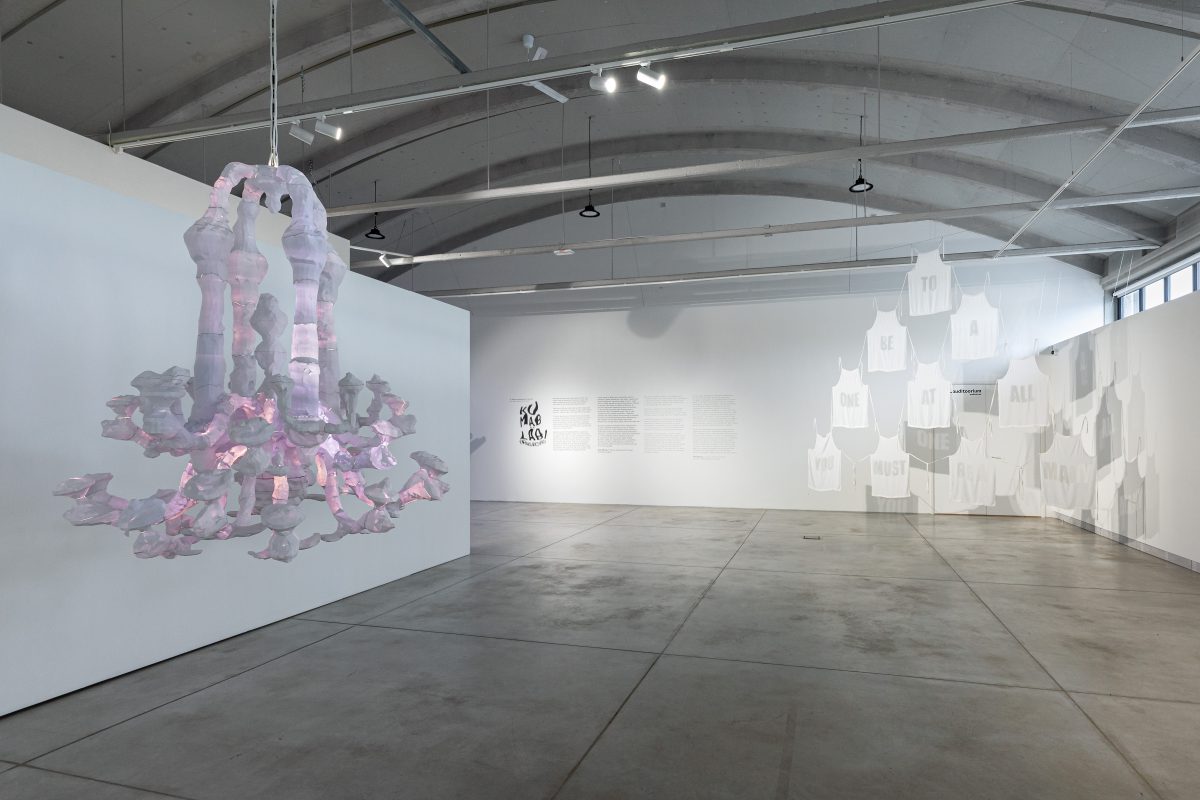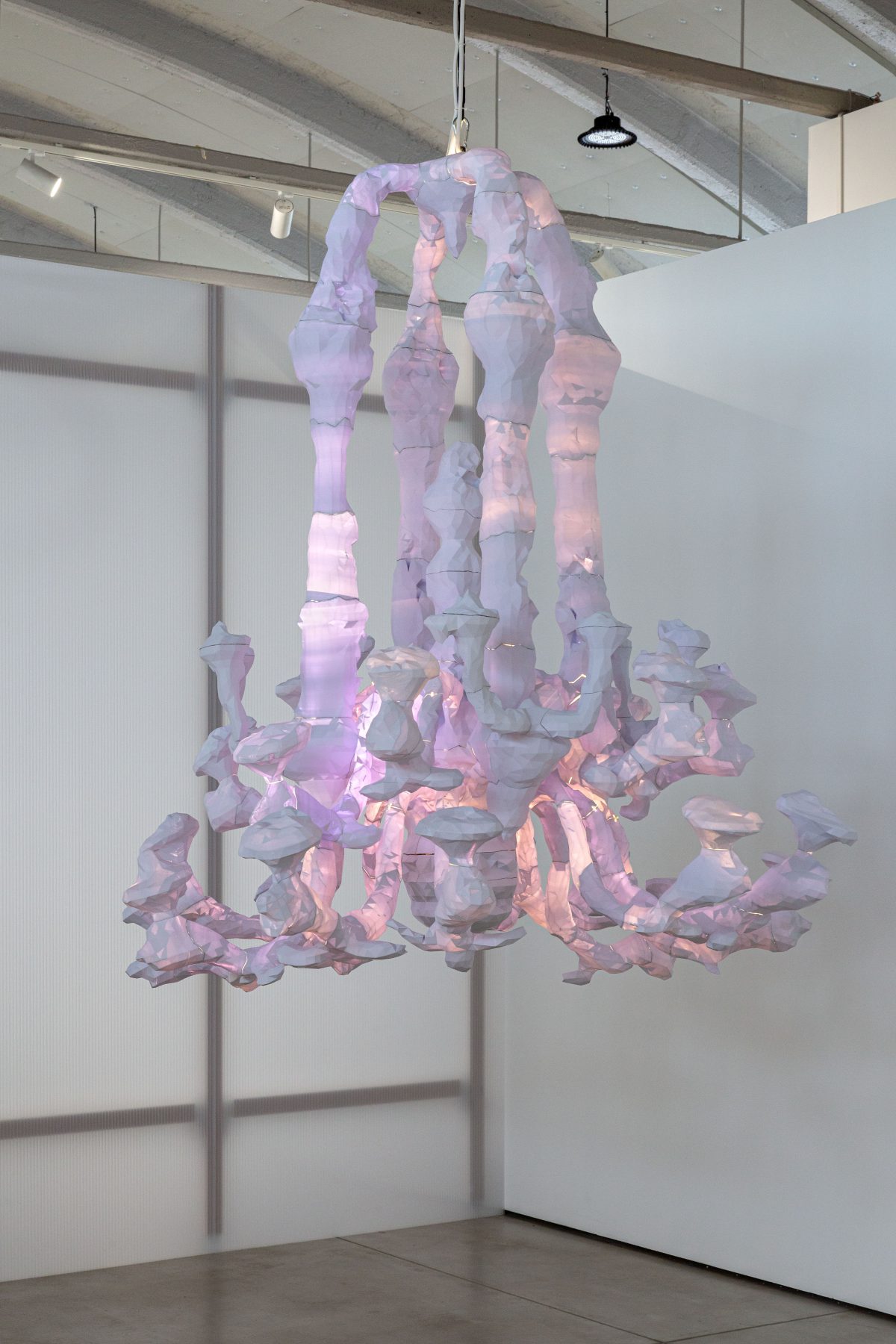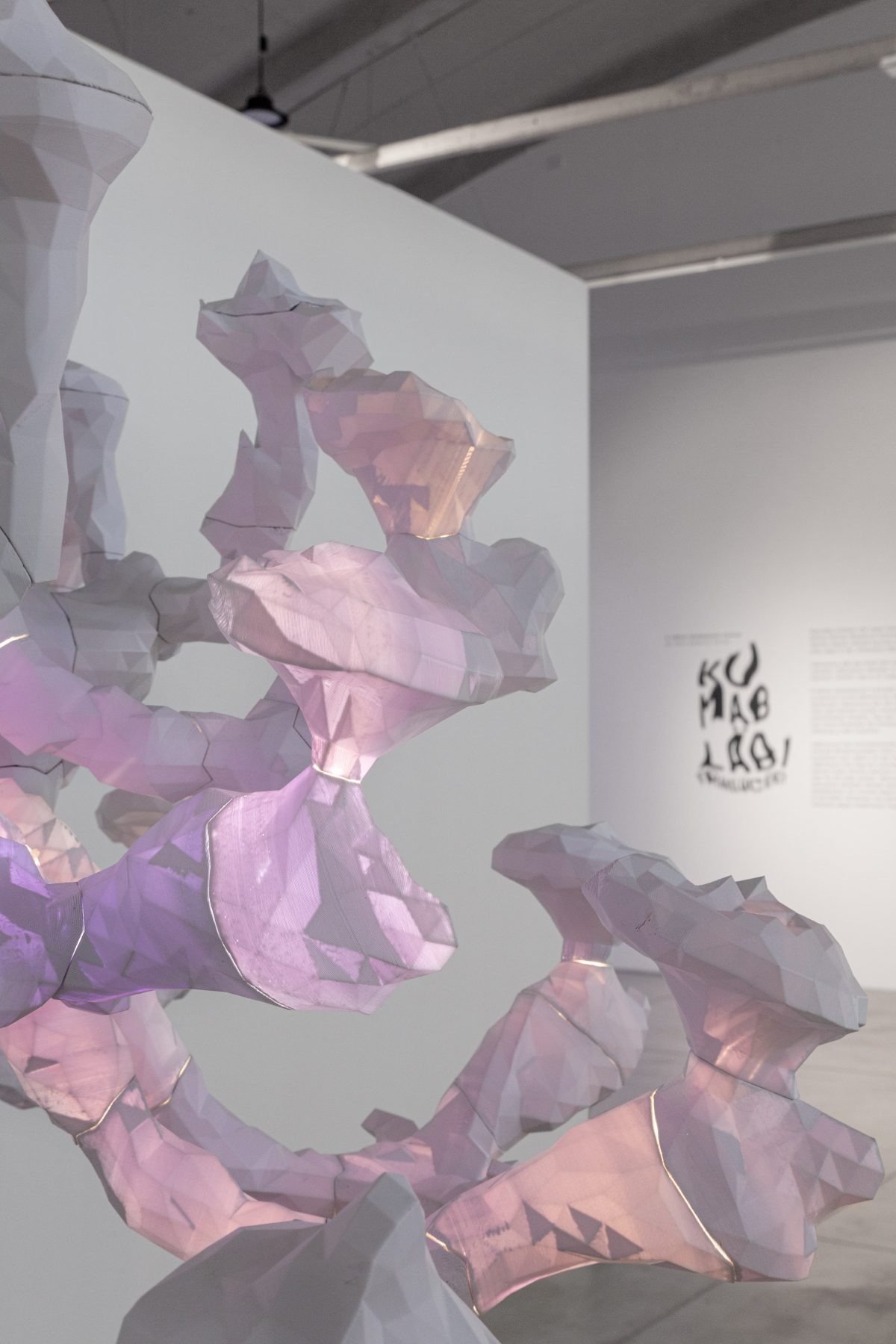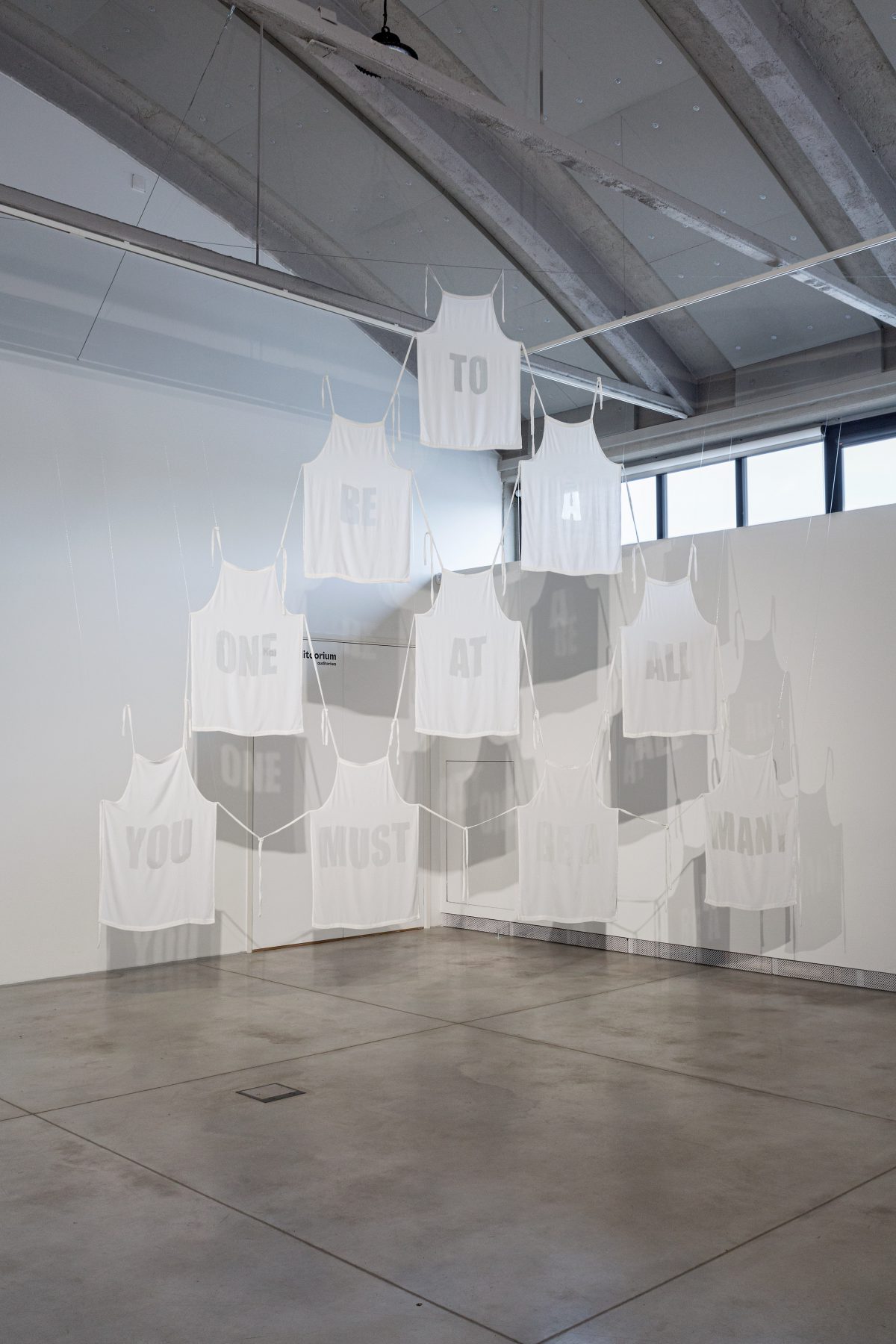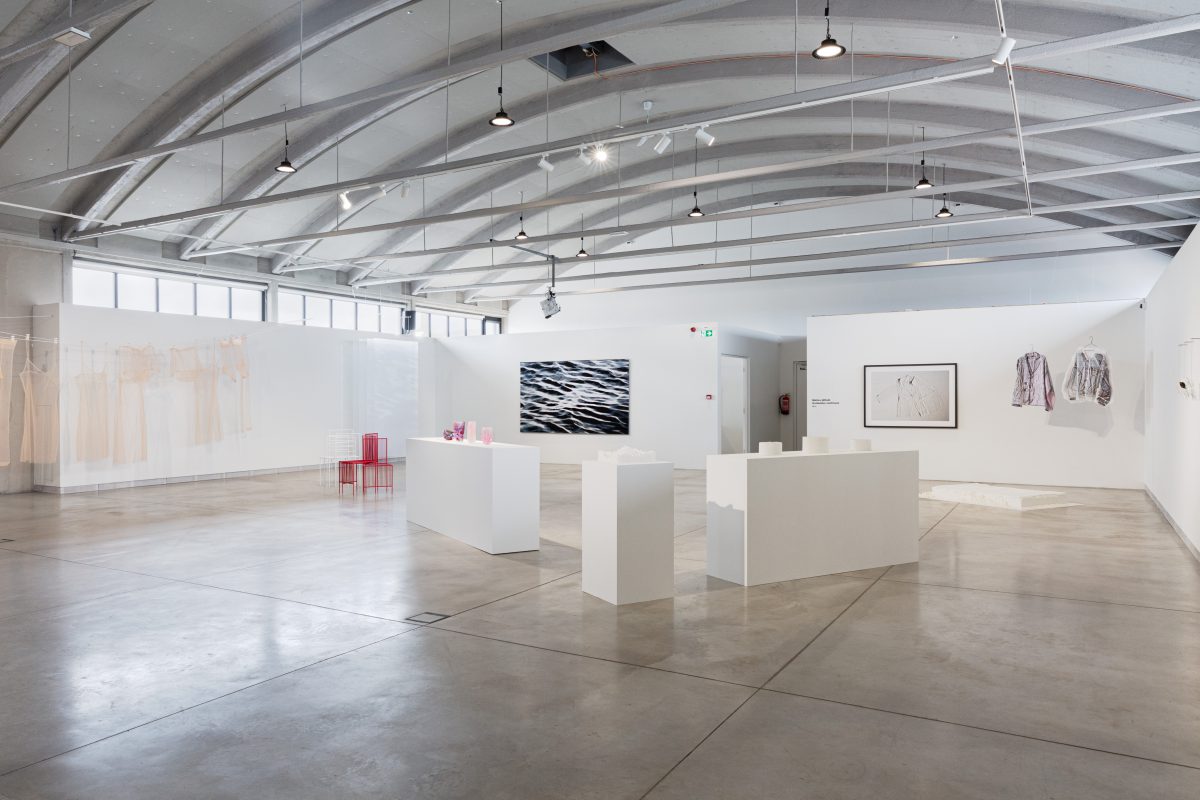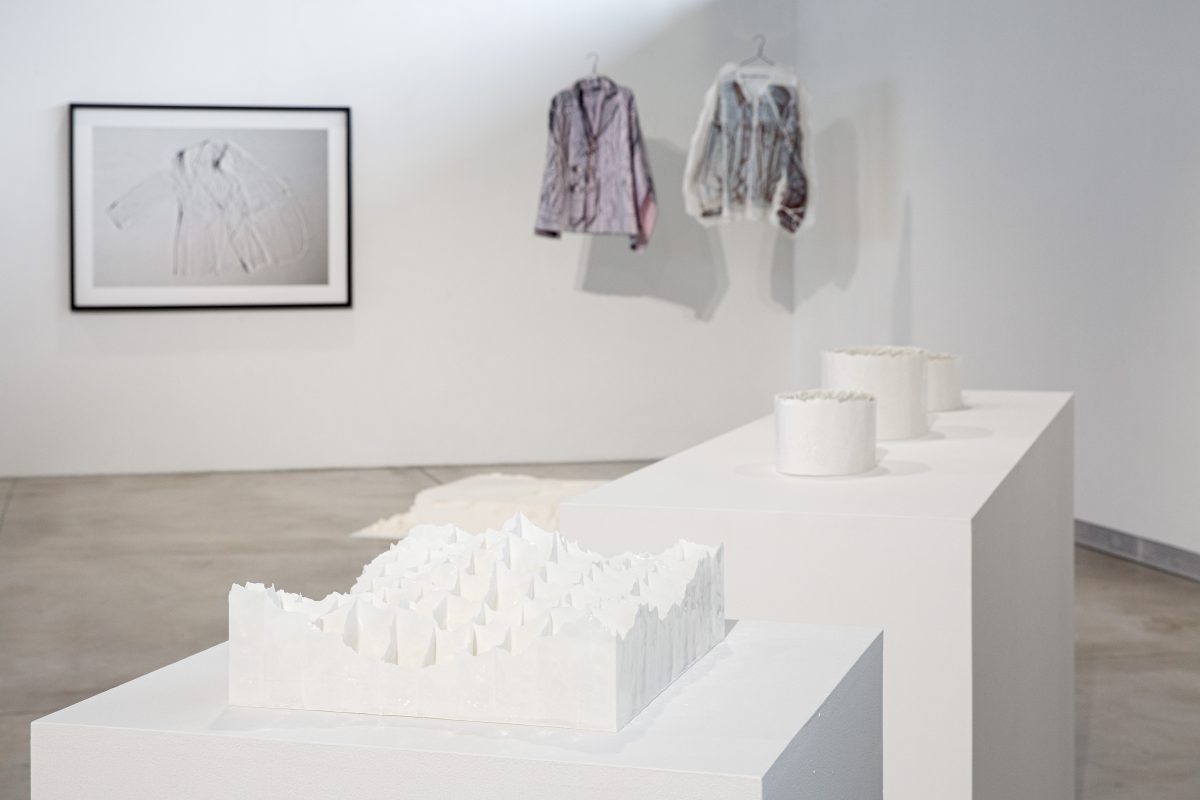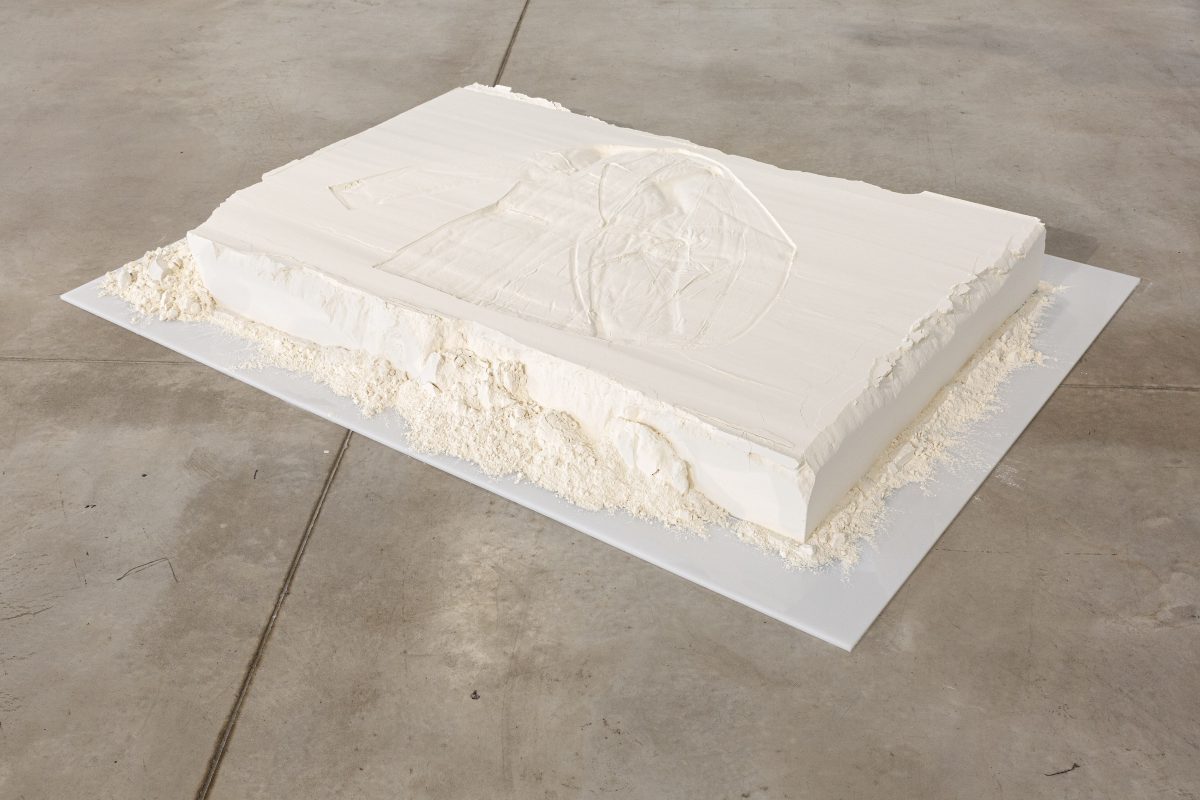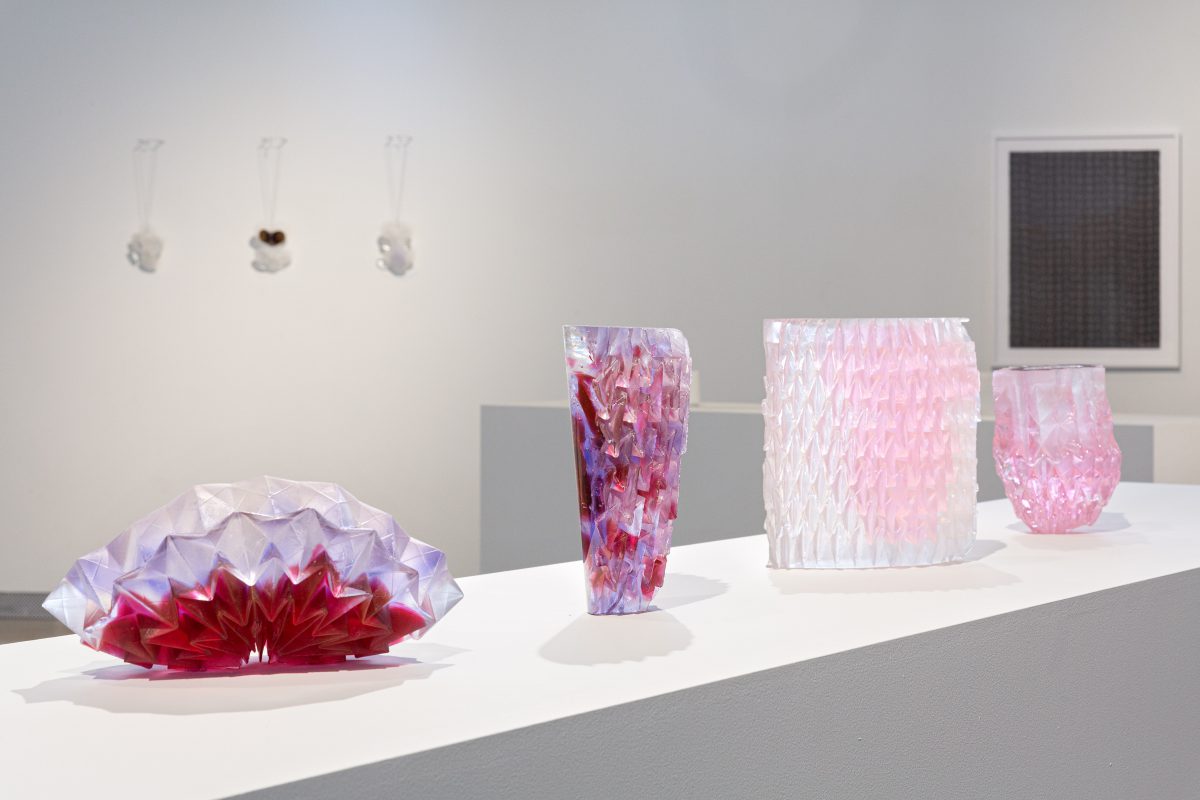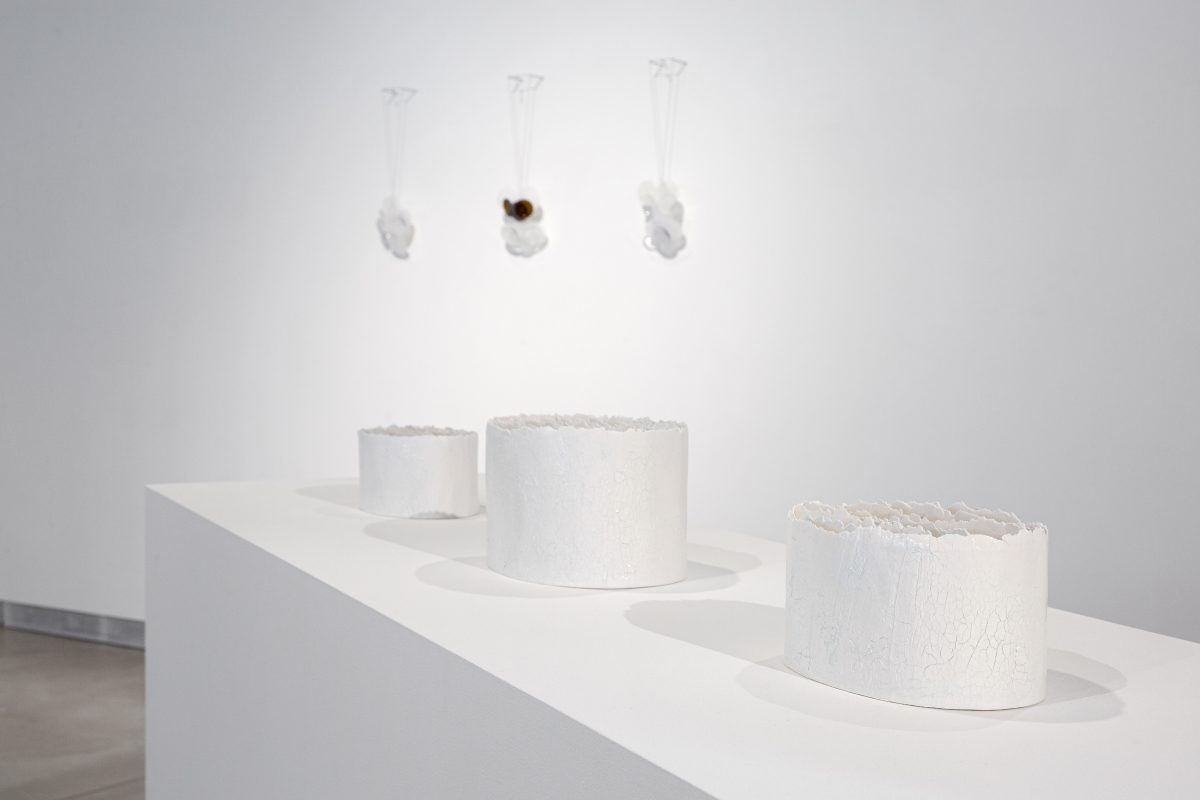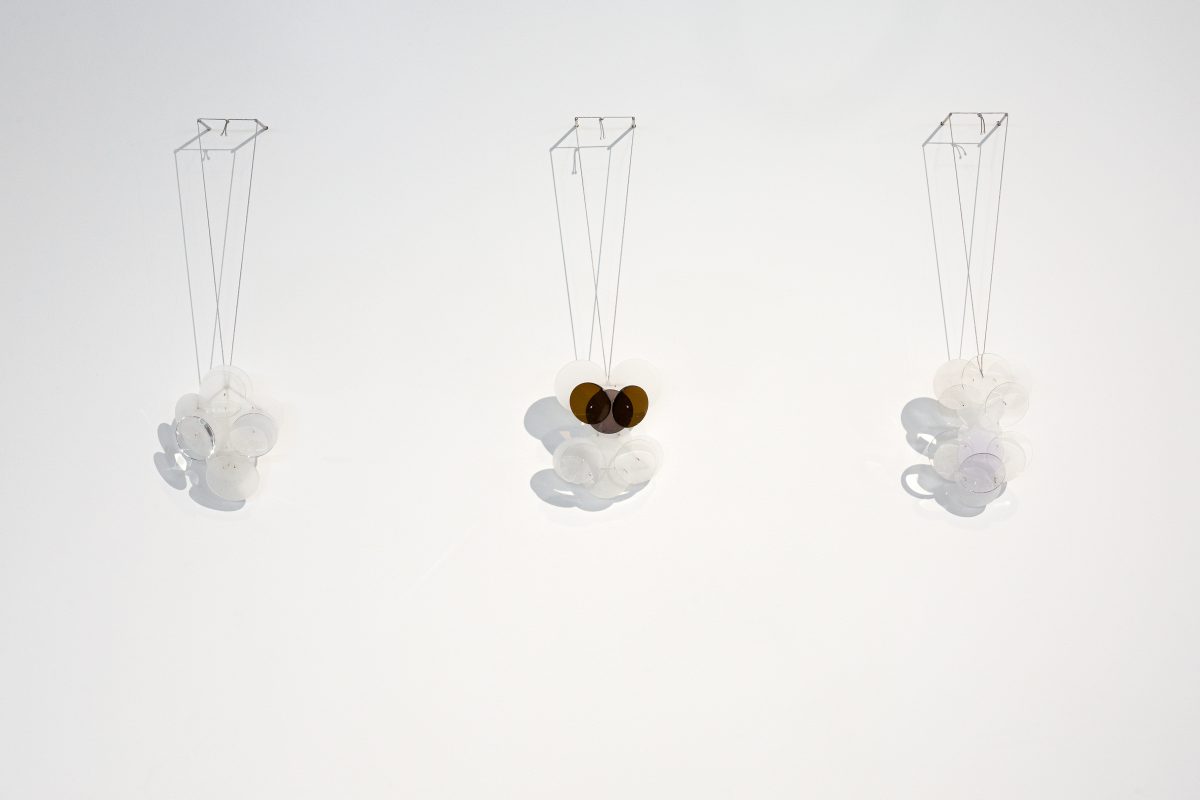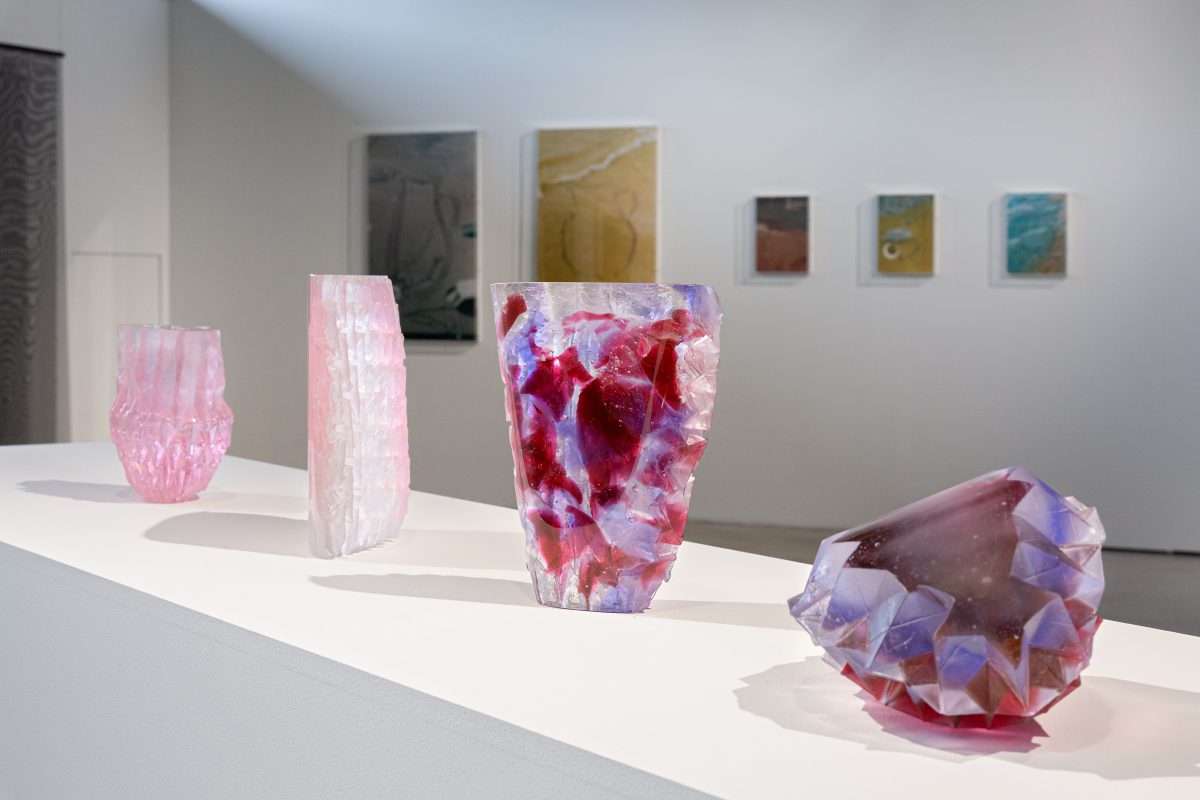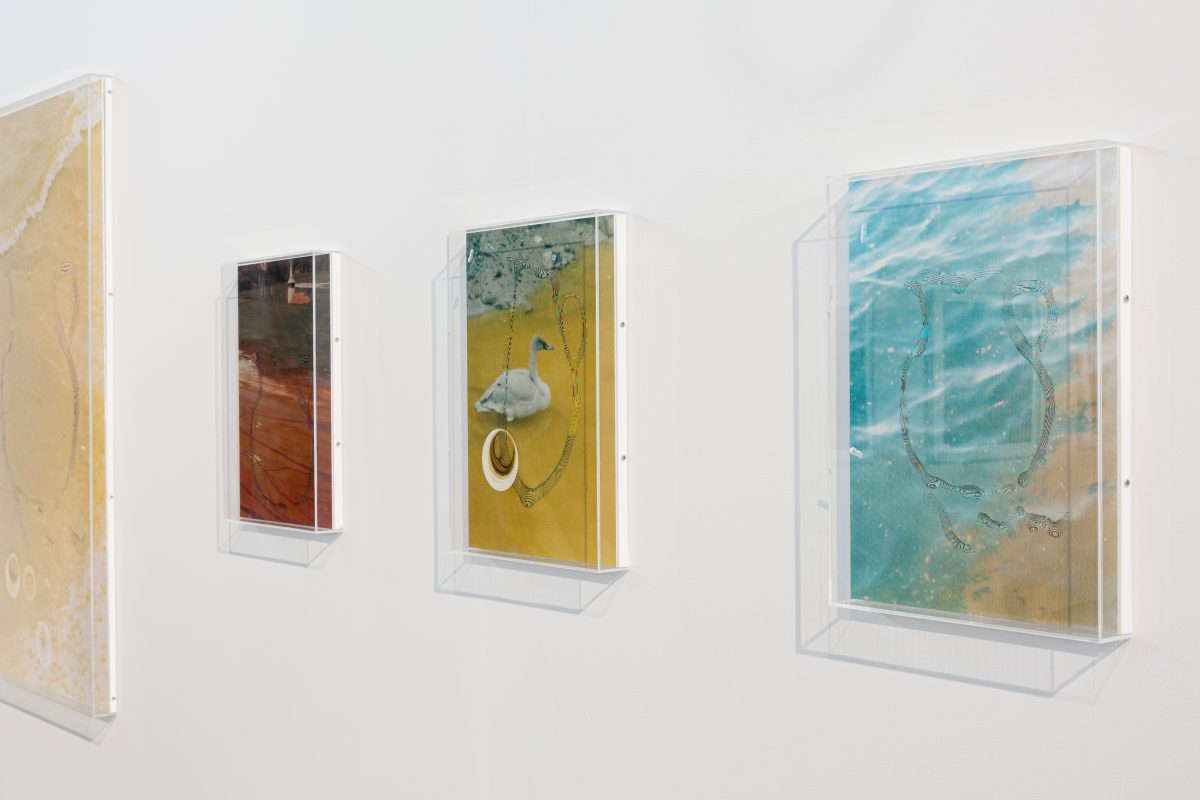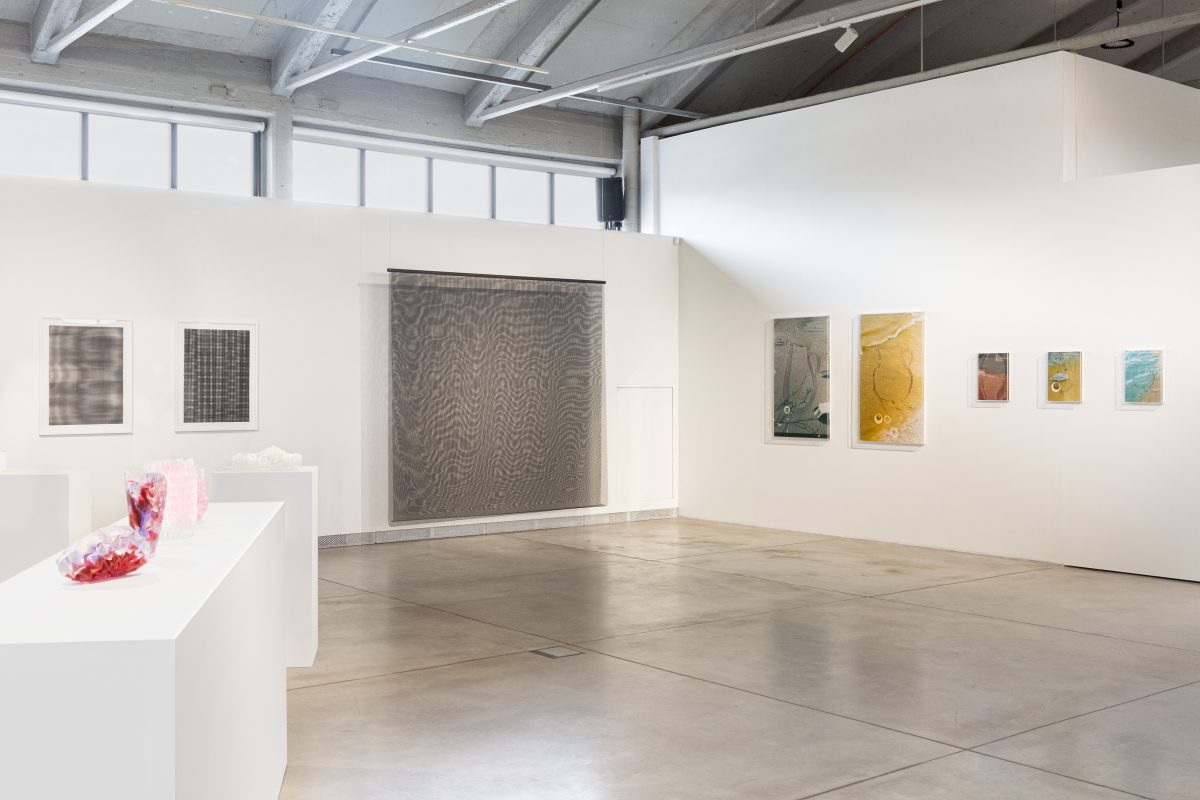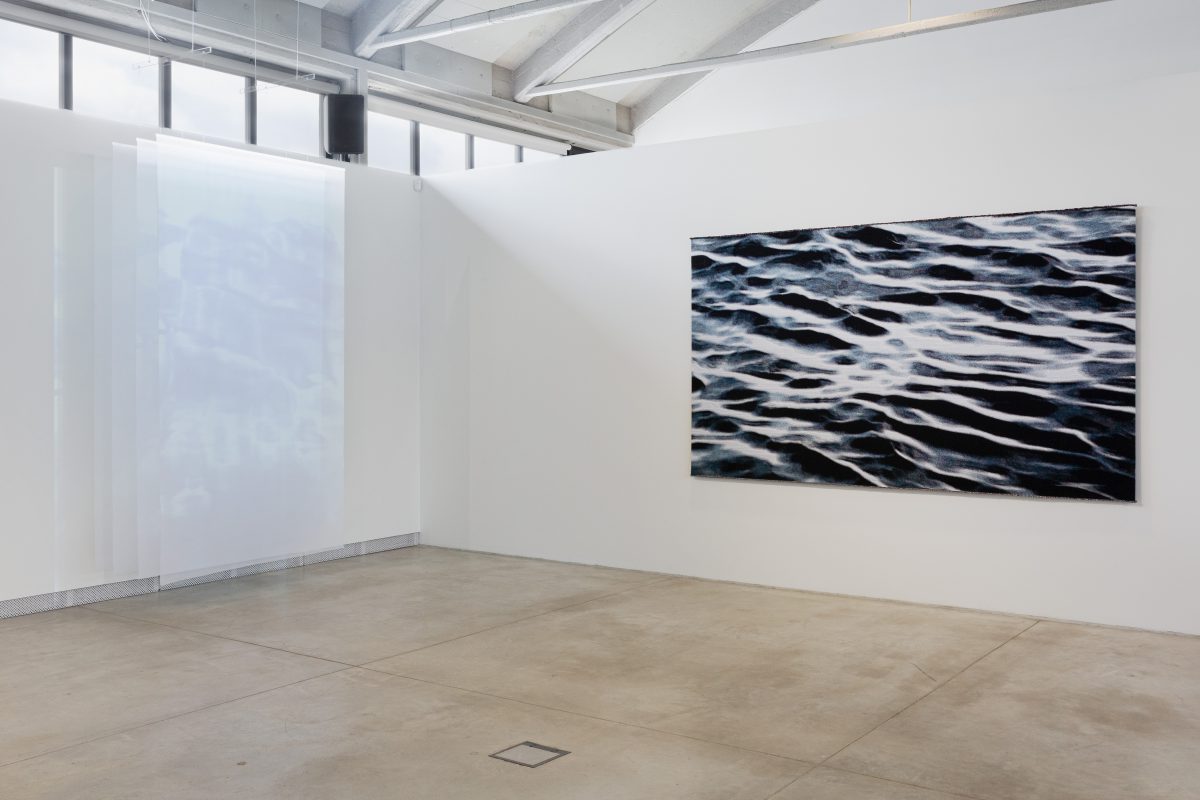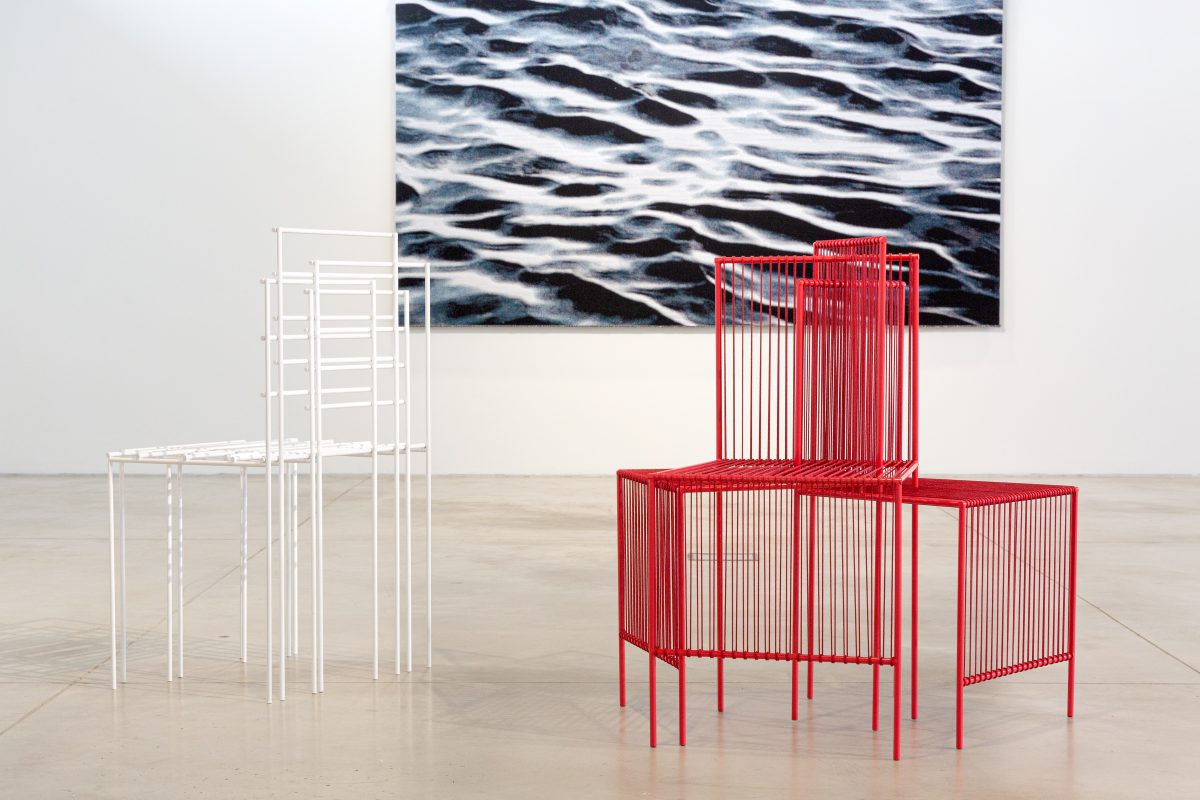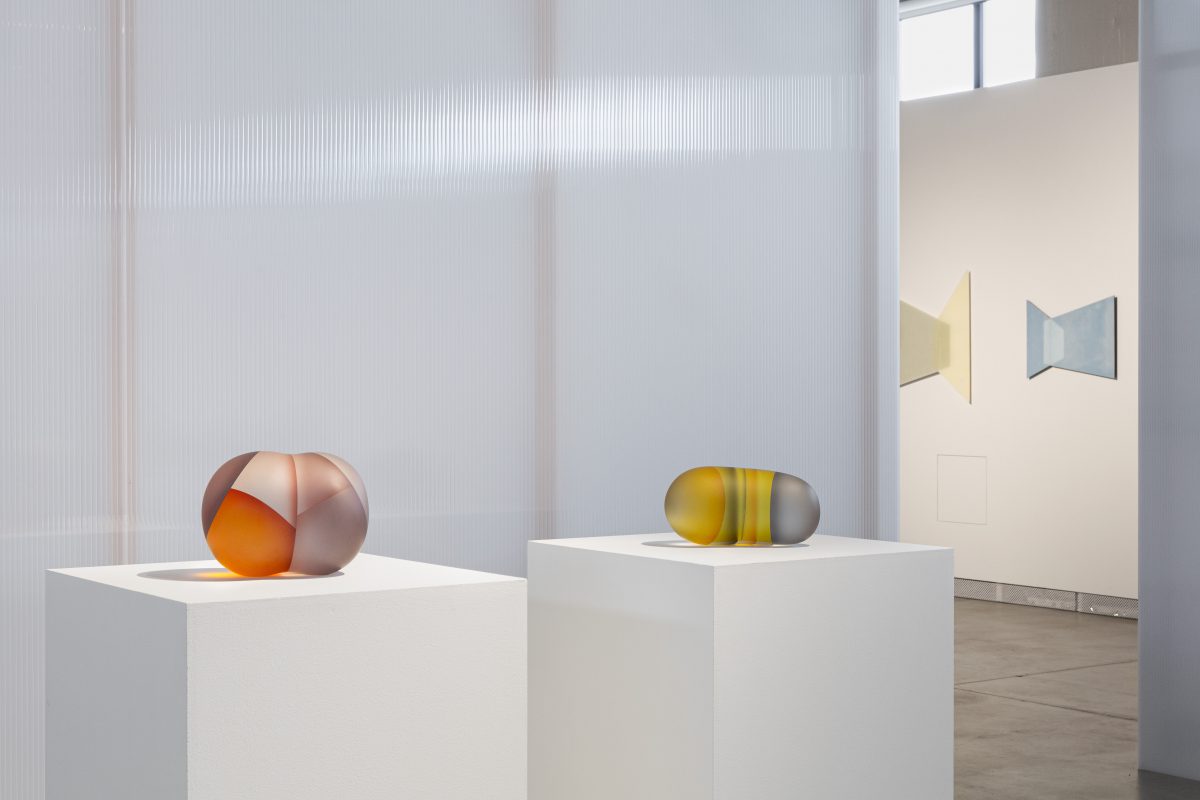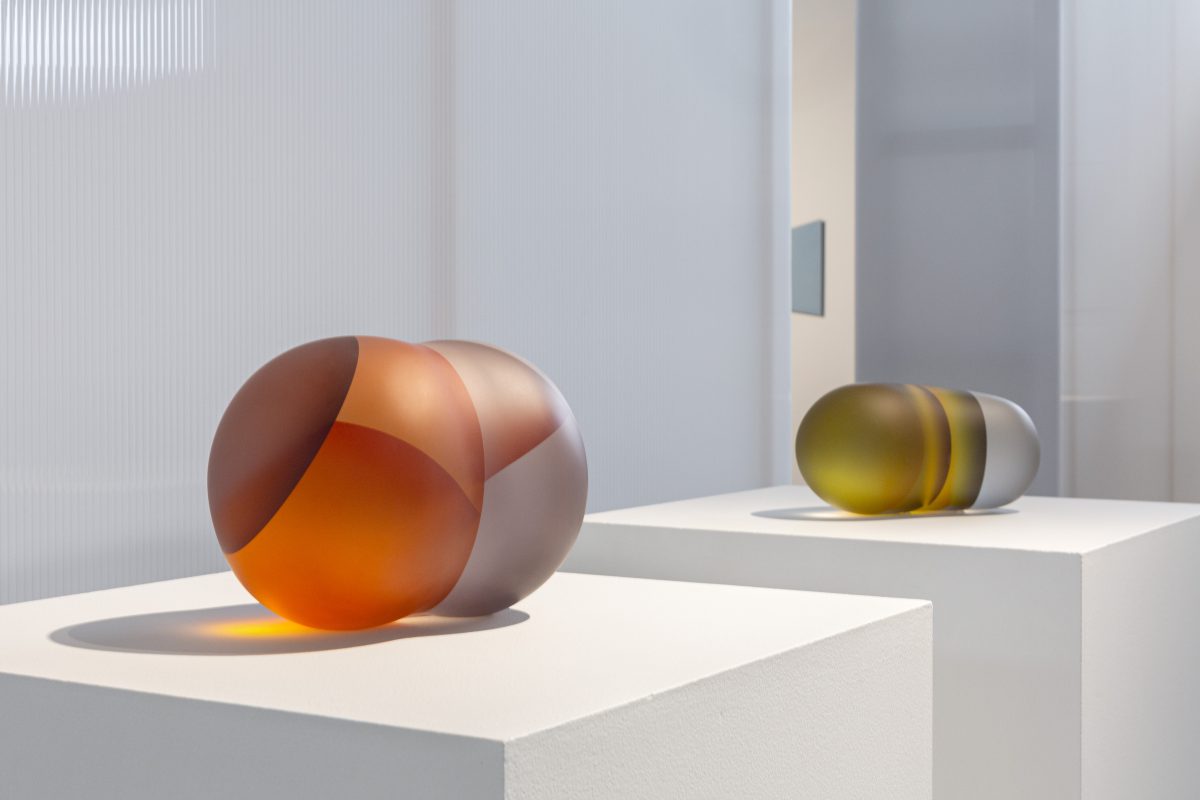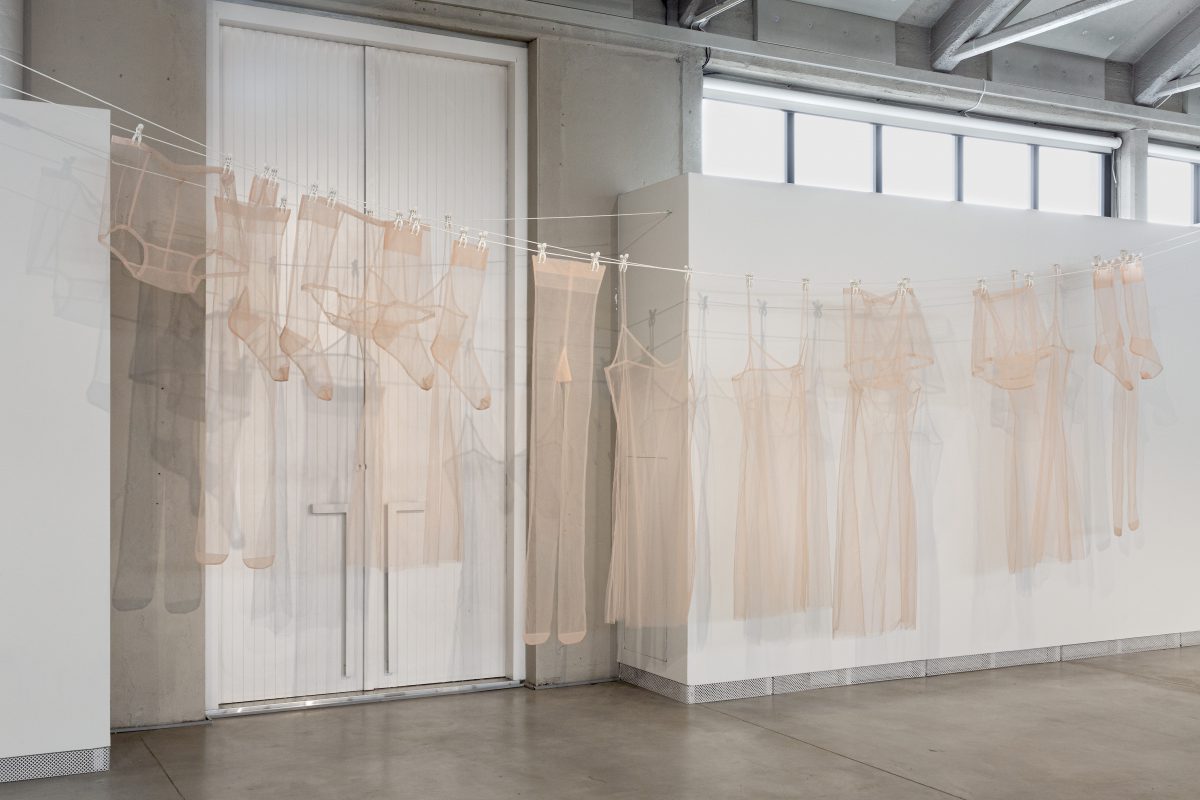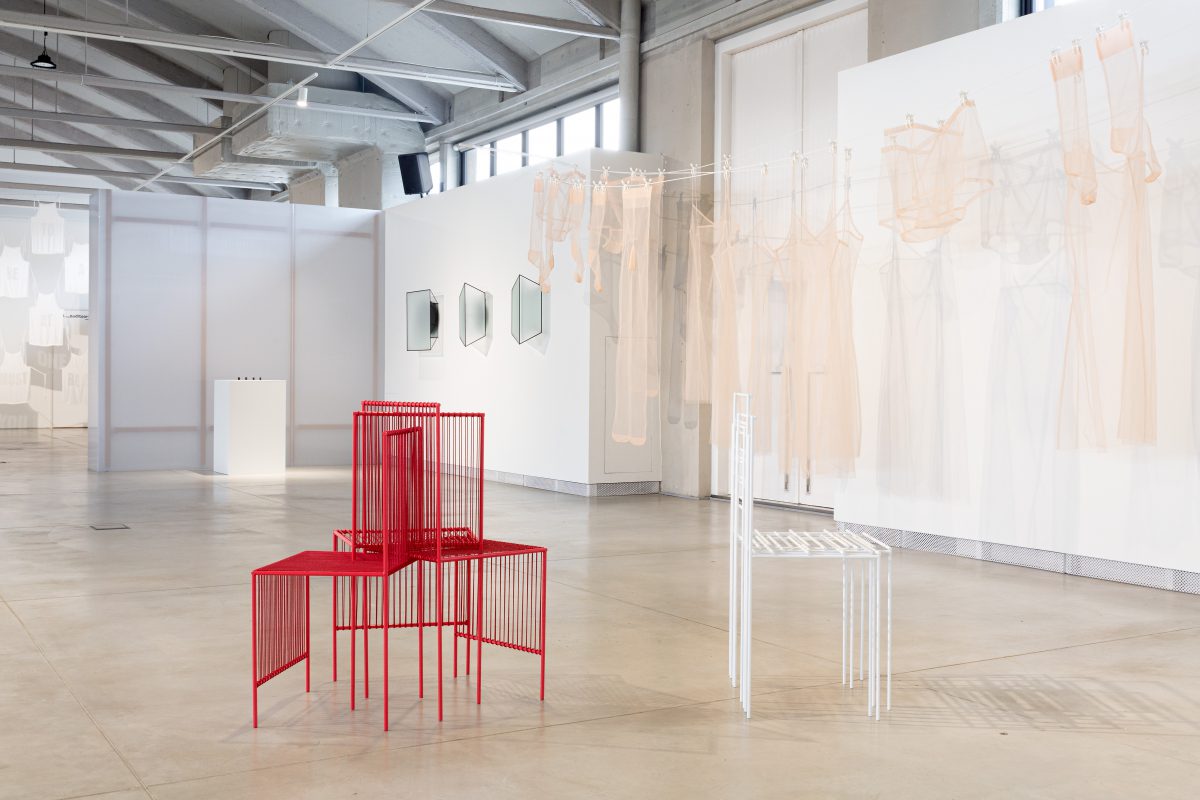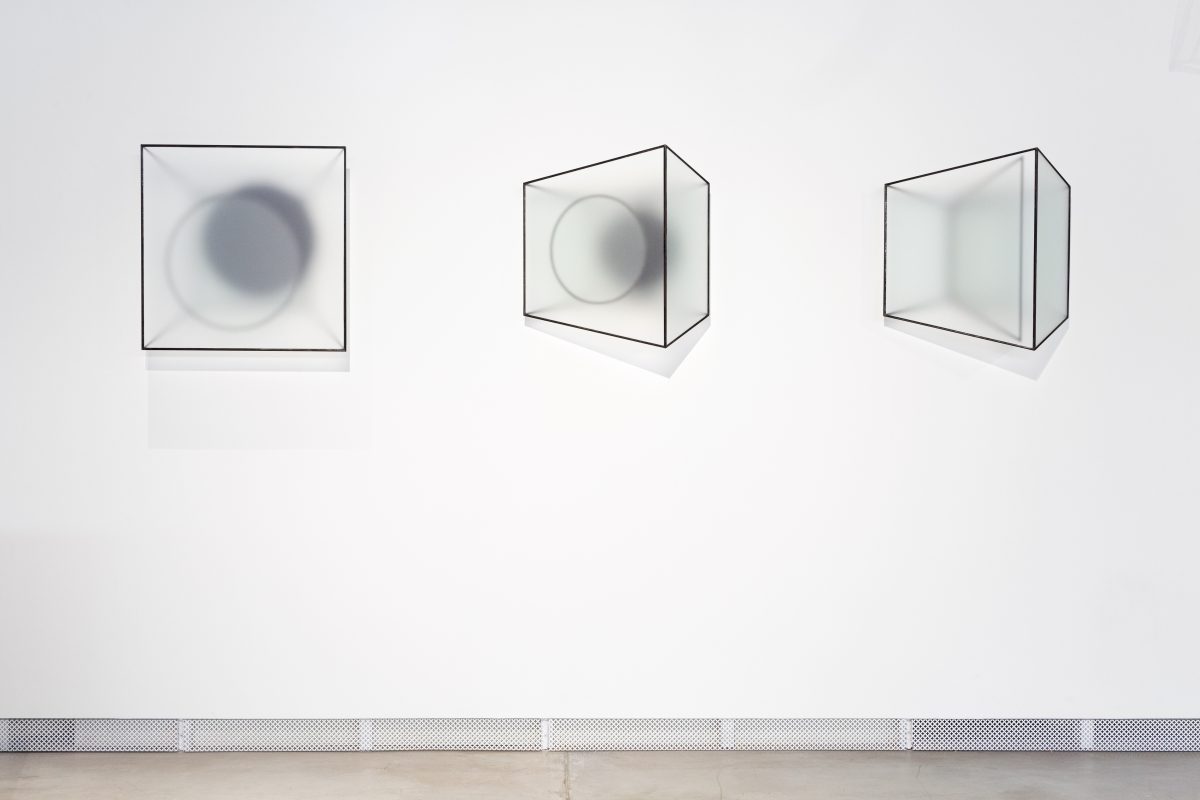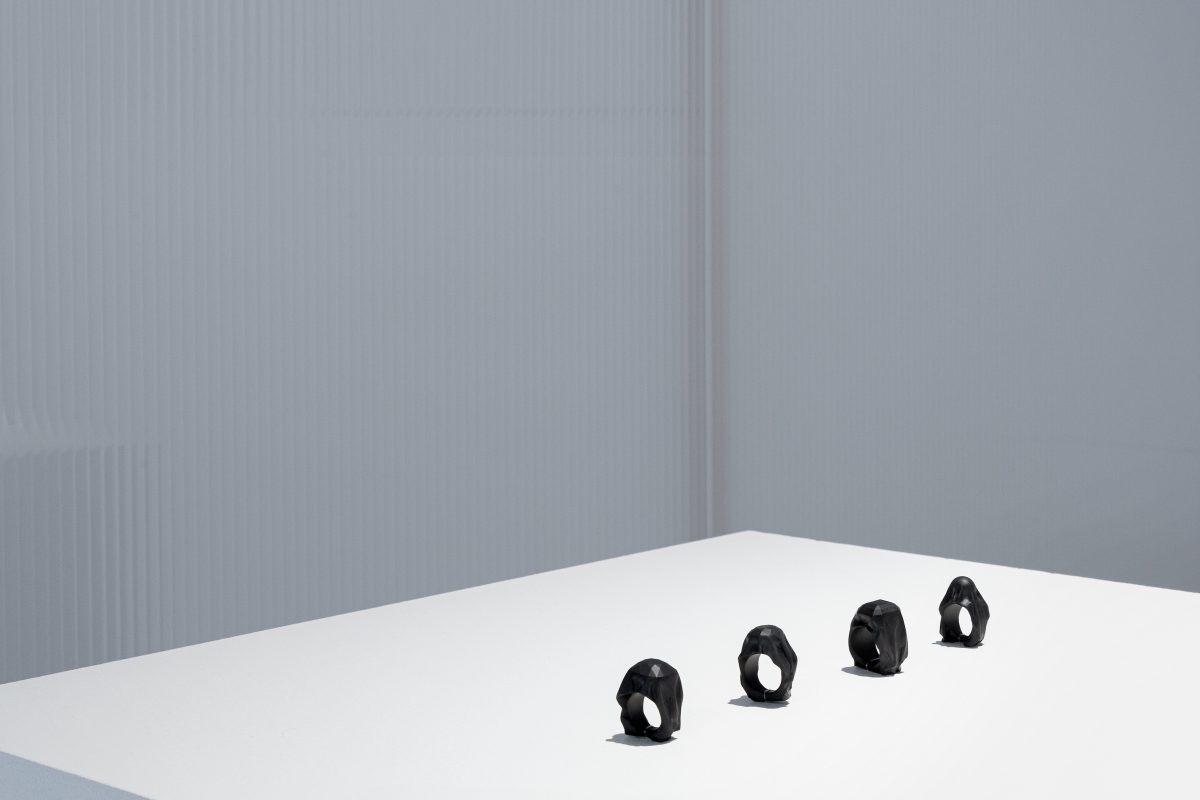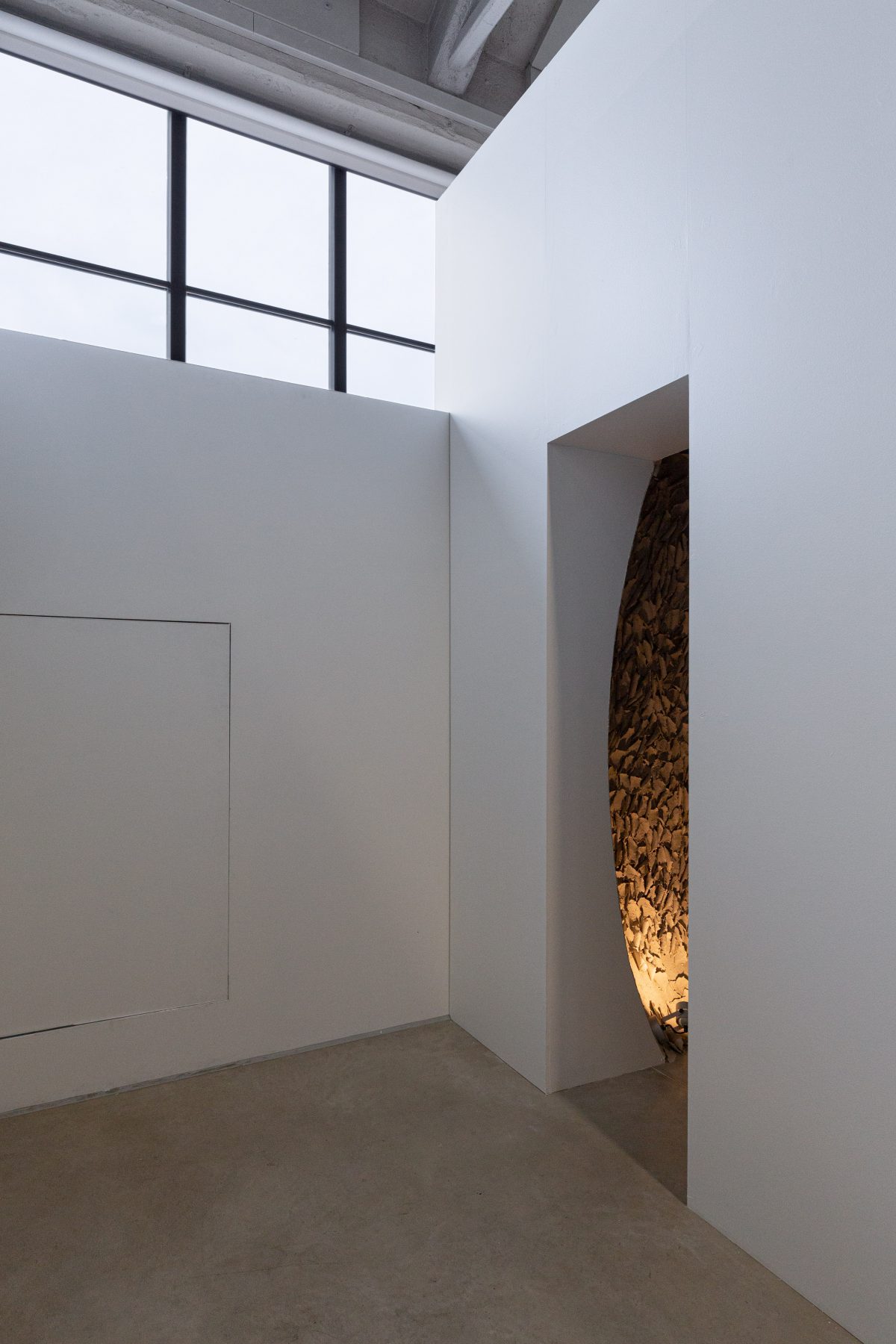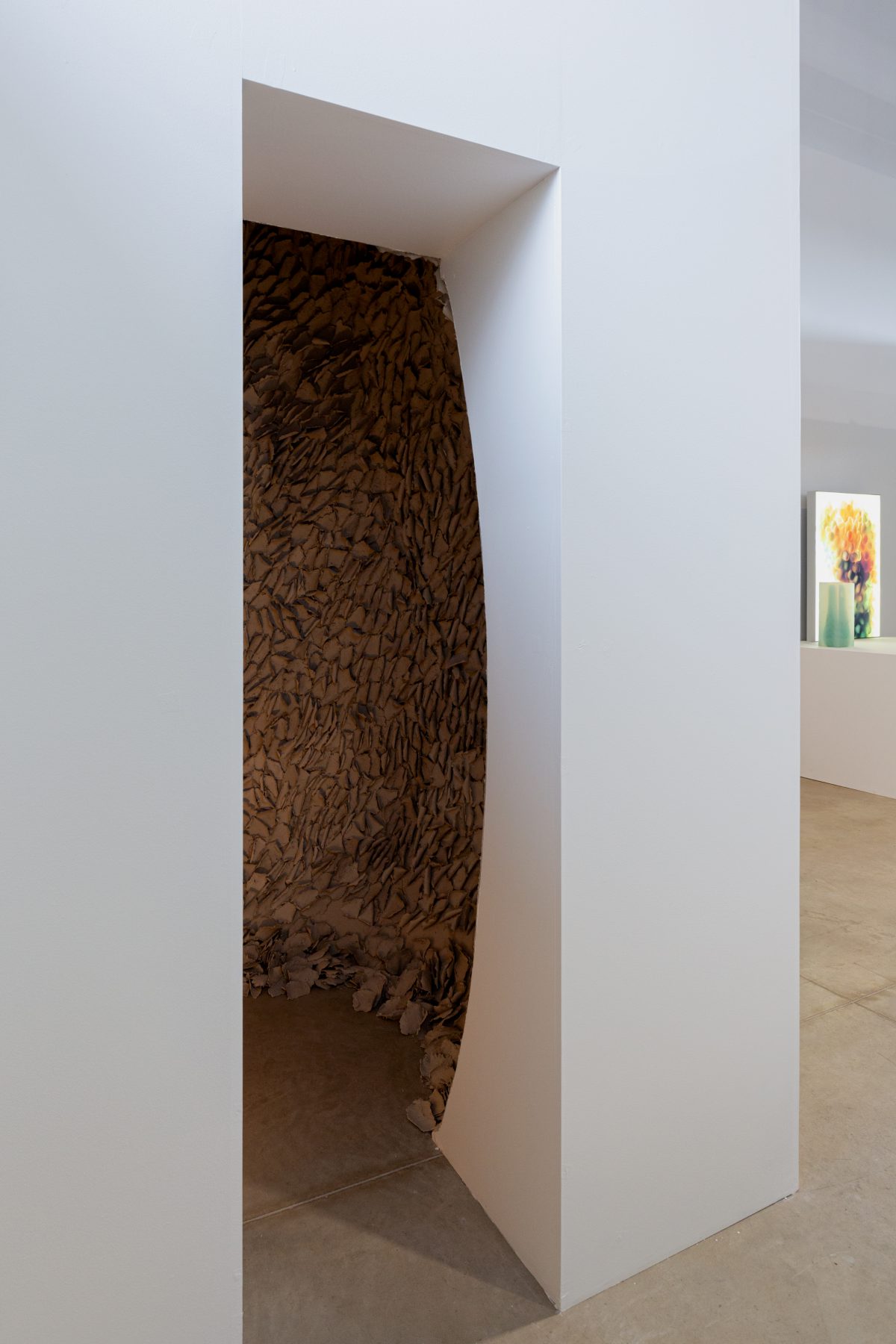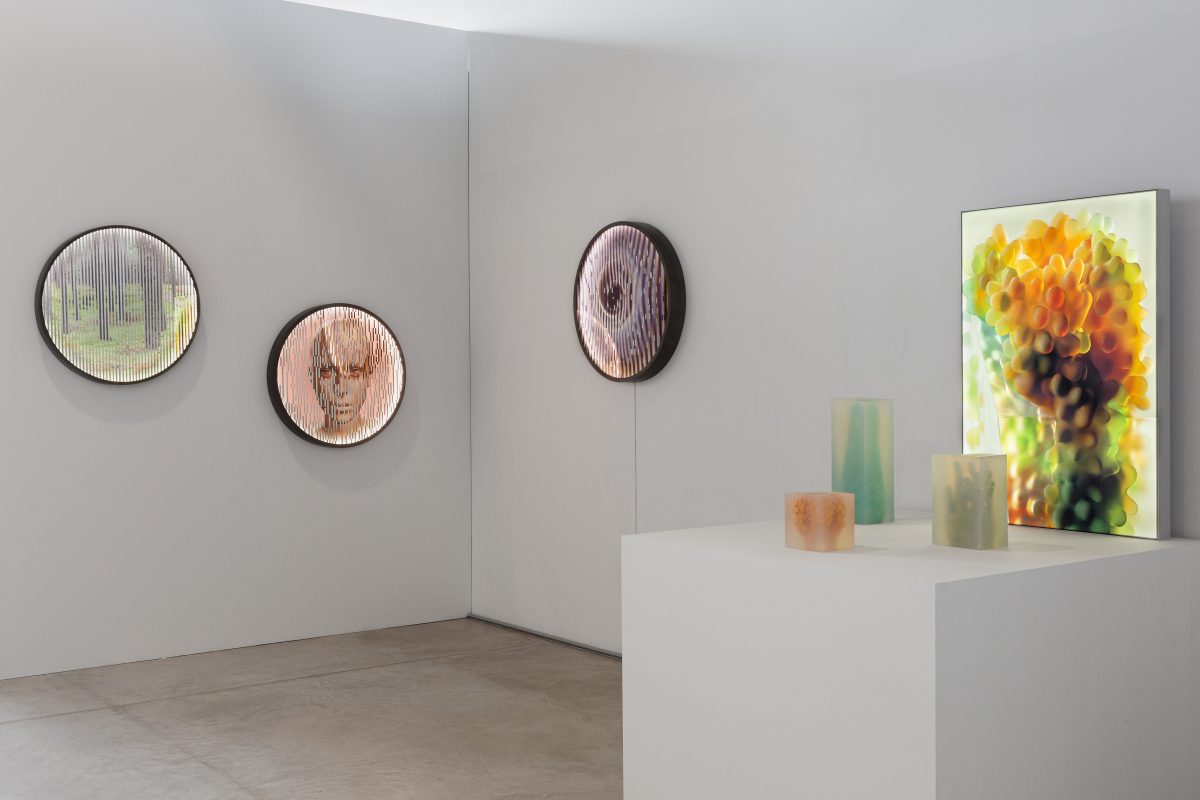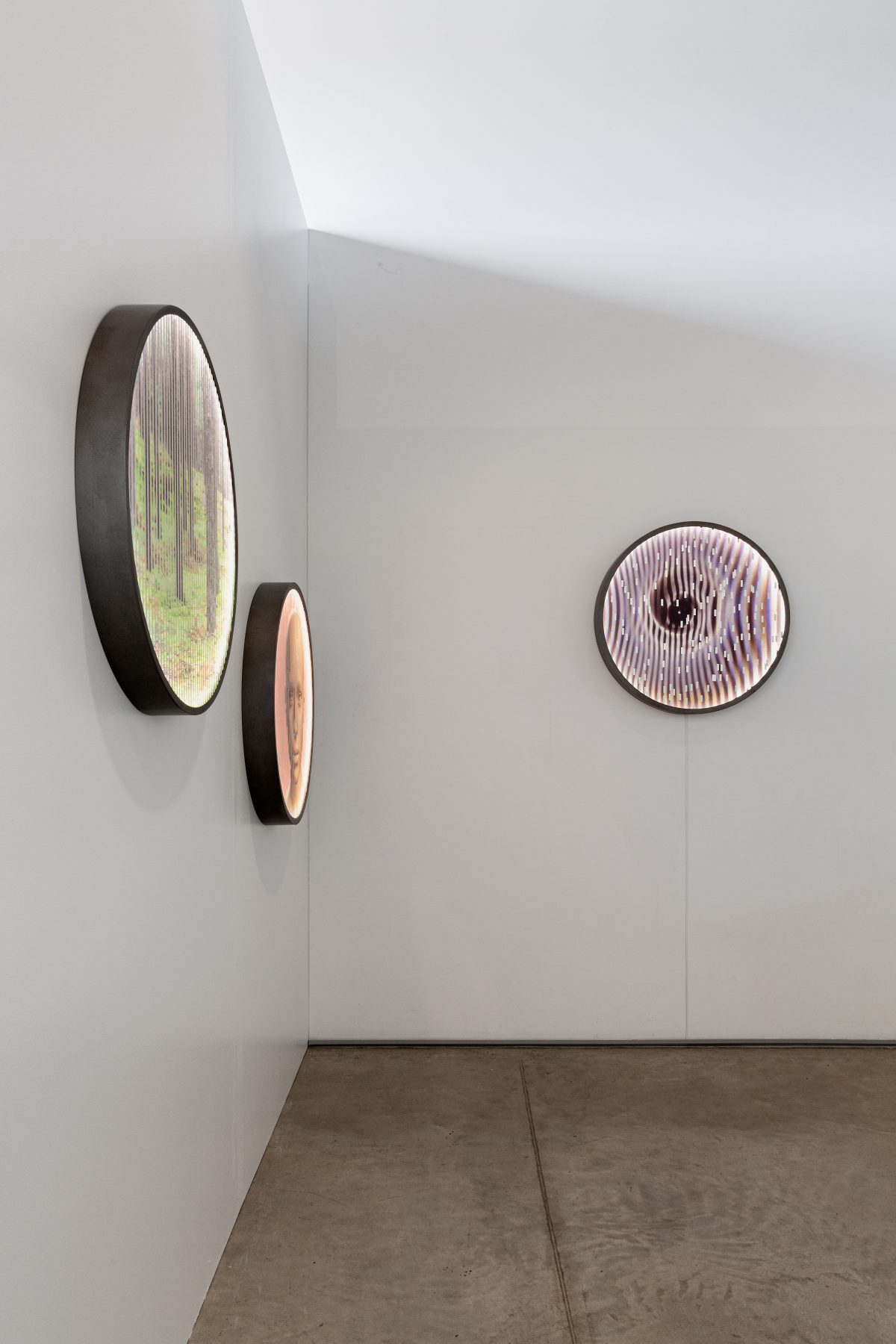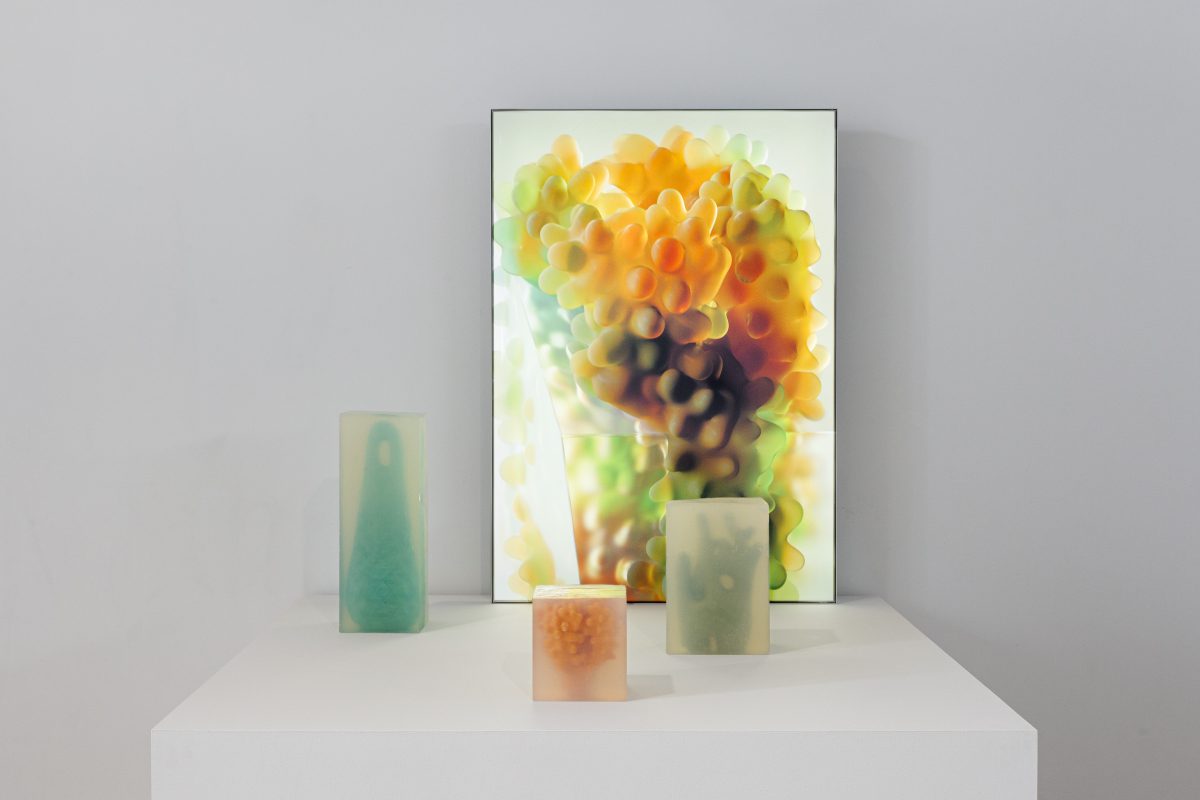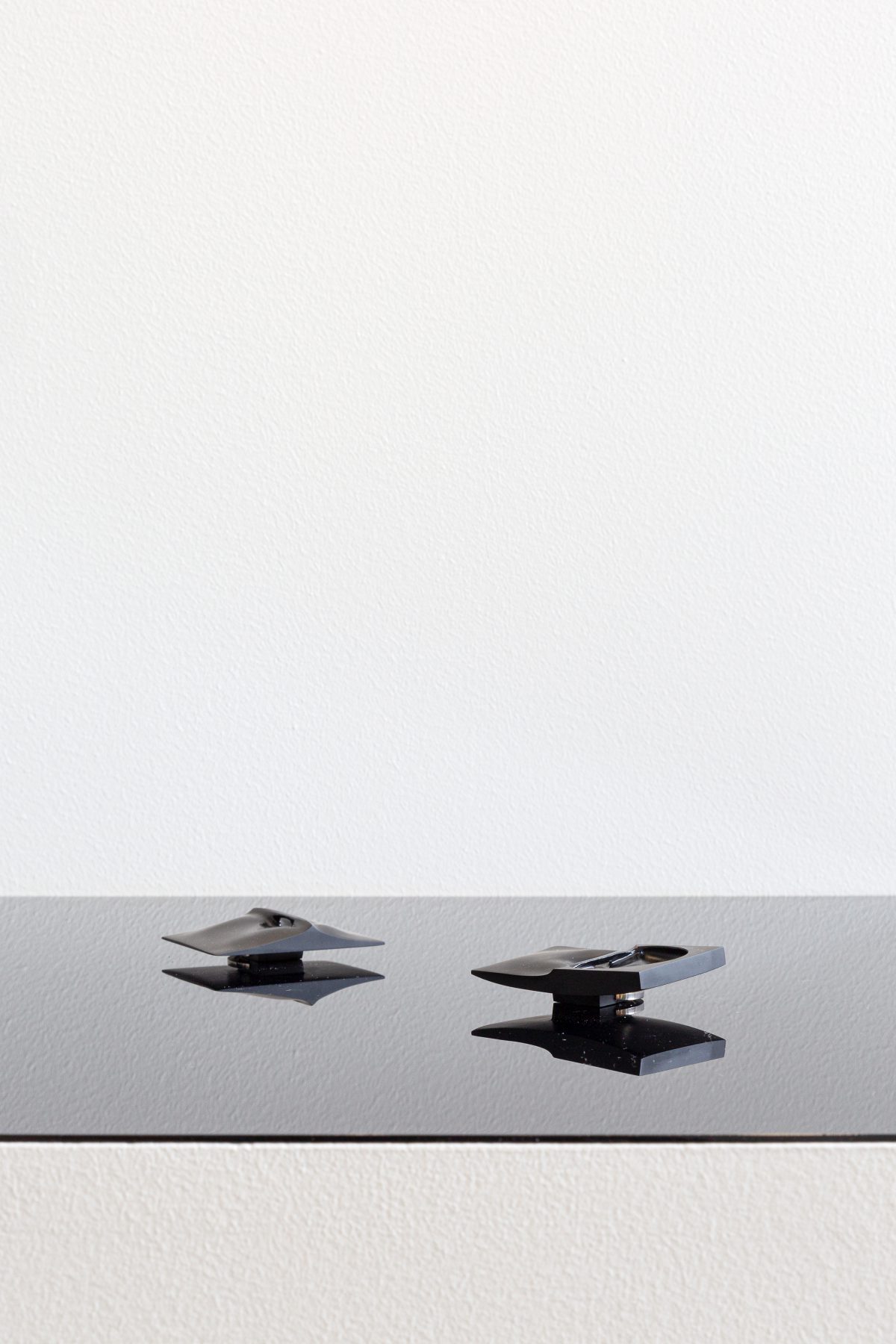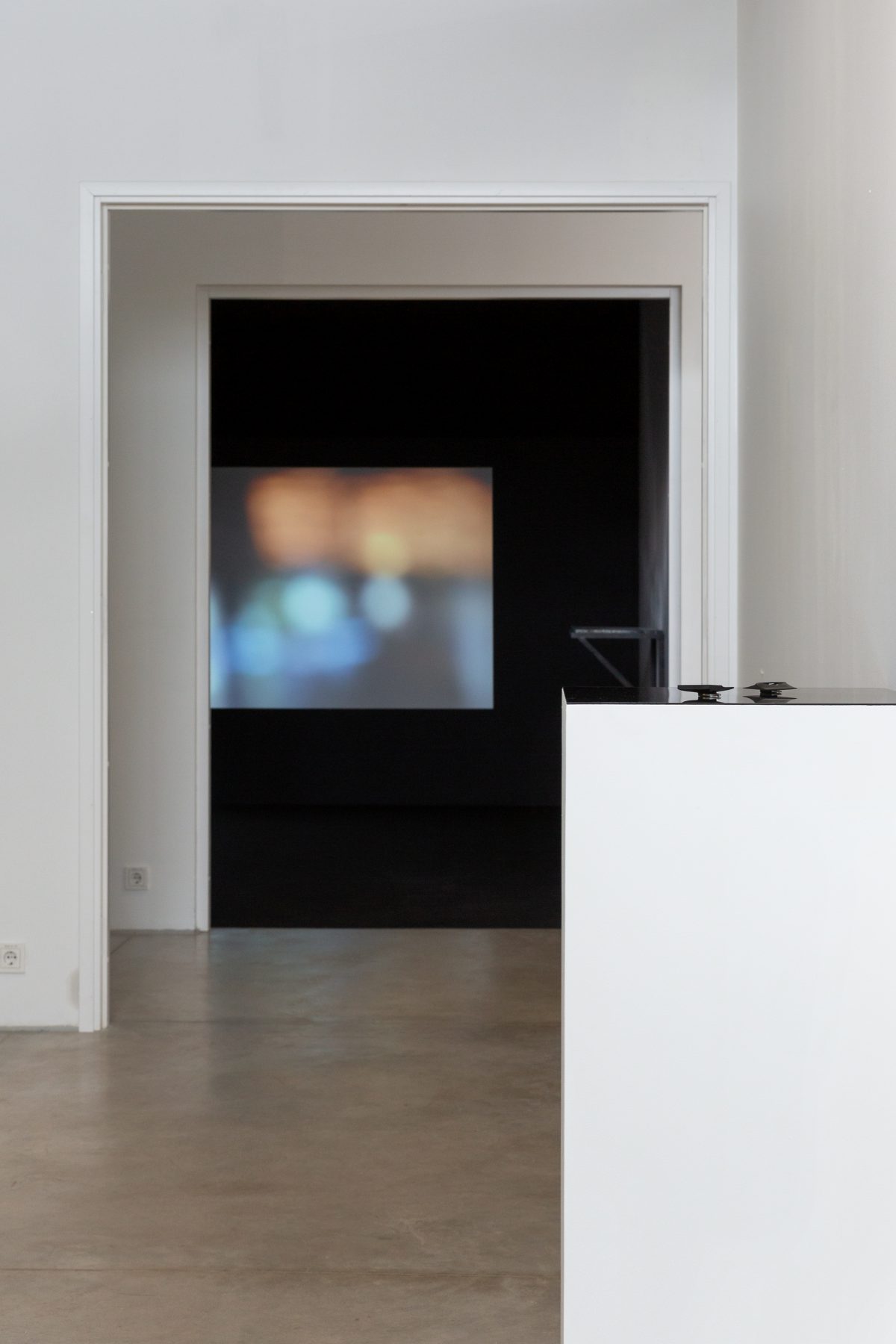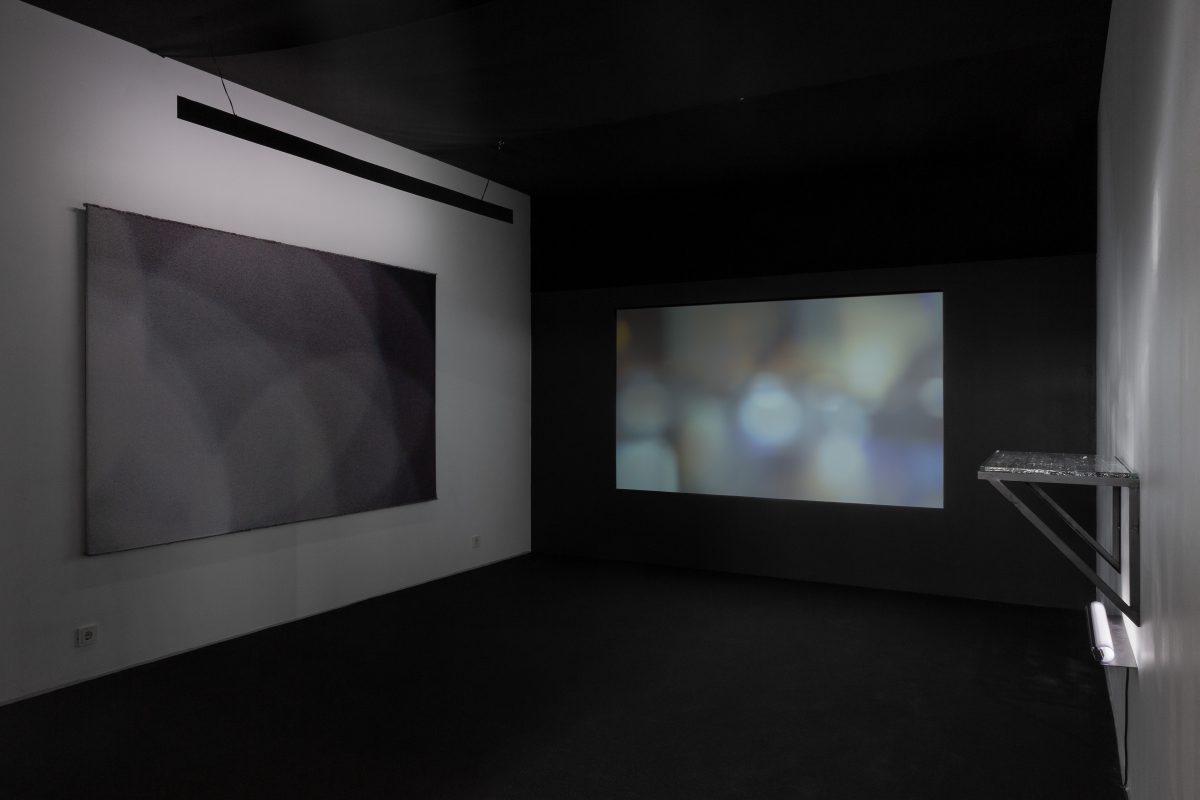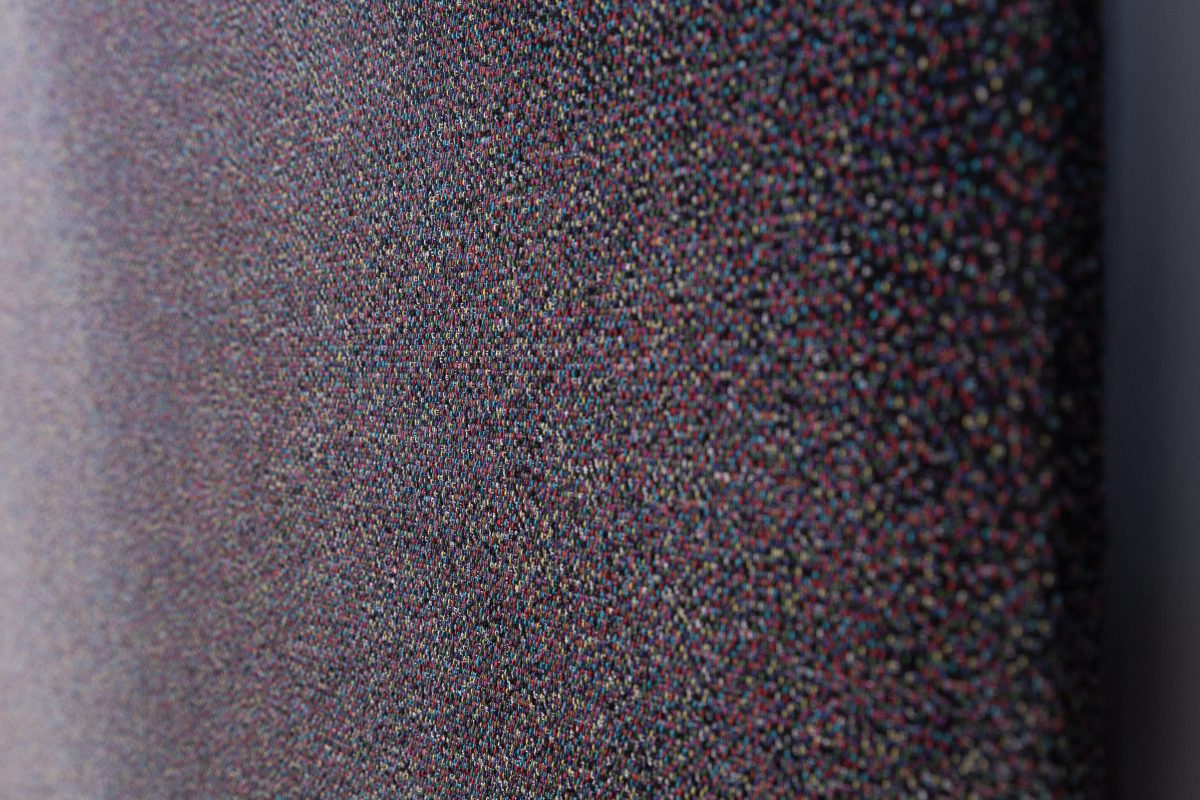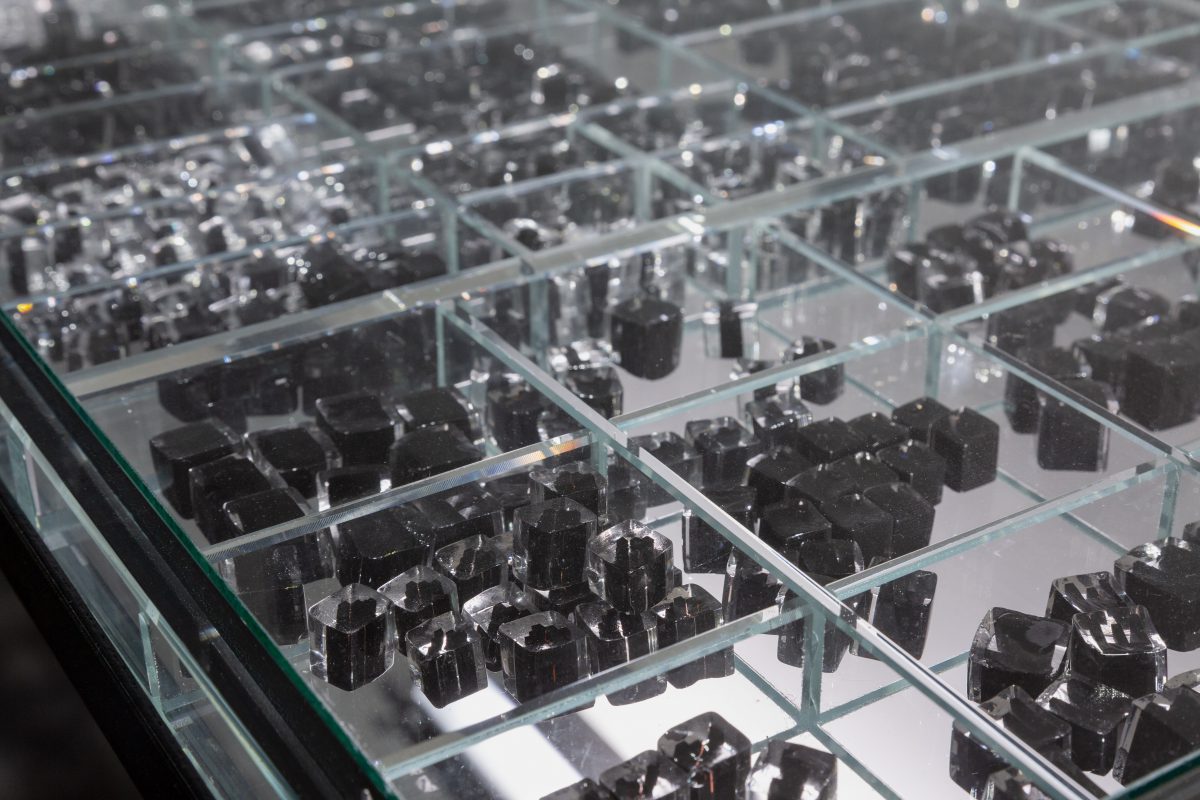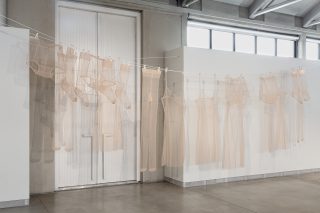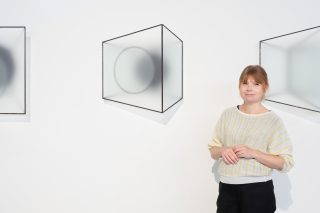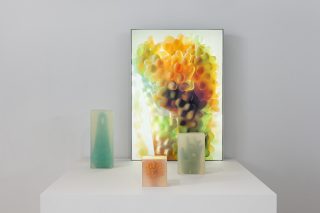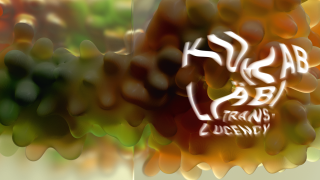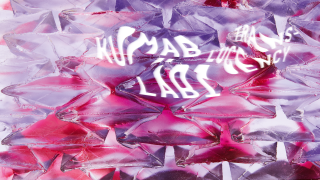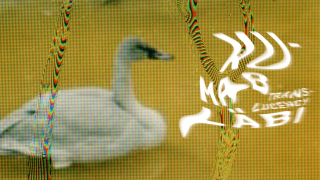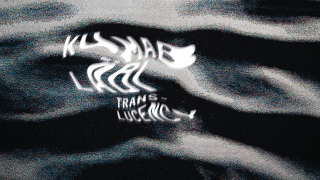The open call of the main exhibition of the 9th Tallinn Applied Art Triennial received 470 applications. The highest number of submissions came from our Nordic neighbour, Finland with 118 applications, followed by Estonia with 102, Sweden with 81, Norway with 64, Latvia with 40, Lithuania with 39, Denmark with 17 and Iceland with 5 applications. Some of the applications were presented by groups with members from different countries. We extend our sincere gratitude to all participants – we are happy to see such strong interest.
The curator of the exhibition, Maret Sarapu will finalise her selection by 12 April after which we will contact all applicants. The list of artists selected for the main exhibition will be made public within the month of May.
Commenting on the submissions, Maret Sarapu highlighted the fact that artists are actively experimenting with material. “Artists are experimenting with new symbioses or exploring new uses for a variety of materials, they seek a place for materials that have been on the margins or forgotten. I also see a lot of concern about sustainability and the life cycle of materials,” says Sarapu.
Many use slow technologies, which raises the question whether craft as a calming activity is a basic need or luxury. “Working slowly means that the artist takes time to get to know something or someone better, to grieve or to pray,” she explains. Cyanotype, jacquard weave and embroidery were among the more popular techniques. We also received a considerable number of video works.
When it comes to material, textile was among the most popular as well. However, of the 470 submitted works, the highest number of applications presented installations featuring multiple materials.
The main exhibition of the 9th Tallinn Applied Art Triennial The Fine Lines of Constructiveness is open at the Kai Art Center from 5 October 2024 until 16 February 2025.


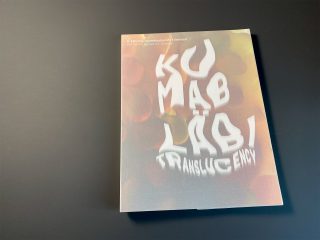 The catalogue of the 8th Tallinn Applied Art Triennial is now available
The catalogue of the 8th Tallinn Applied Art Triennial is now available 